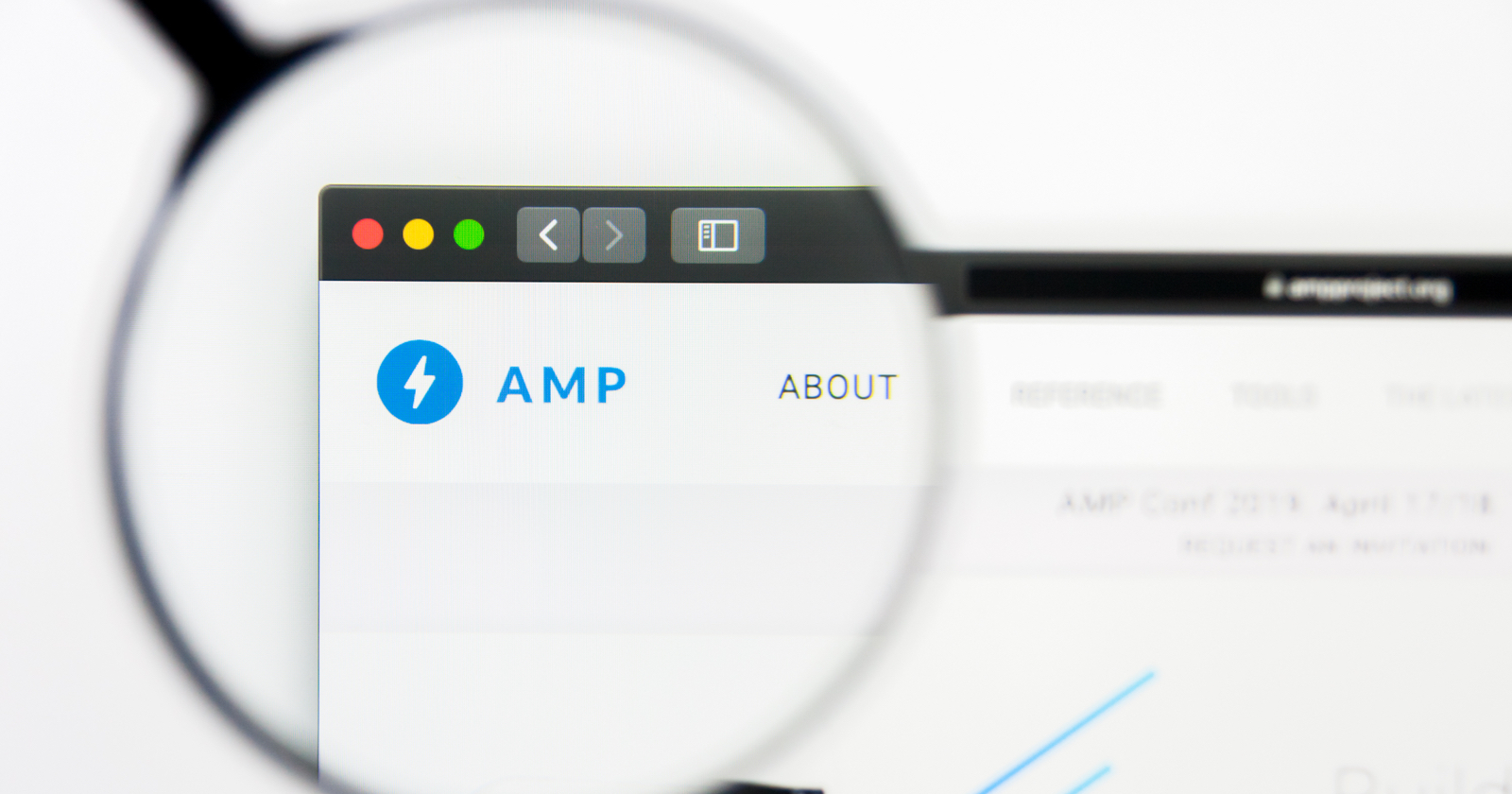Google’s John Mueller says the search engine’s recommendation to maintain parity between AMP and canonical HTML pages does not apply to ads.
This topic came up during the Google Search Central SEO hangout recorded on March 26. A site owner named Christian Kunz asks Mueller the following question:
“Is it a problem if the AMP version differs slightly from the canonical HTML version in that you have a small ad in the AMP version which is not in the HTML version?”
The reason why he’s asking this question is because Google made it a requirement in 2017 that AMP pages must have the same content as their HTML counterparts.
Google introduced that rule in order to combat the problem of AMP pages being used as “teaser” pages for the more complete HTML page.
Searchers would land on an AMP page, get a paragraph or two of content, and then have to click on a link to view the full HTML page.
Since that’s not the most ideal user experience, Google made those types of pages exempt from search features that require AMP, such as the Top Stories carousel.
The message became clear to site owners: If you’re going to use AMP, make sure the content matches the canonical HTML pages.
What does Google’s documentation say?
Here’s how Google phrases it in a blog post:
“AMP was introduced to dramatically improve the performance of the web and deliver a fast, consistent content consumption experience. In keeping with this goal, we’ll be enforcing the requirement of close parity between AMP and canonical page, for pages that wish to be shown in Google Search as AMPs.
Where we find that an AMP page doesn’t contain the same critical content as its non-AMP equivalent, we will direct our users to the non-AMP page. This does not affect Search ranking. However, these pages will not be considered for Search features that require AMP, such as the Top Stories carousel with AMP.”
How strict are these requirements? Does everything, including the ads, need to match between each set of pages?
For the answer to that we turn to Mueller’s answer.
Google’s John Mueller on AMP Content Parity
Without any clear direction on whether Google’s requirement for content parity between AMP and HTML pages applies to ads, a site owner came to Mueller asking if their AMP pages could contain ad units that aren’t present on the HTML versions.
Here’s what Mueller says in response:
“That’s perfectly fine. The pages should be equivalent, should be the same content, same kind of images, that kind of thing. But things like monetization, that can always vary.
And even within a normal HTML page you could have something like dynamic ads where sometimes you have an ad unit there, and sometimes over here. So those kind of changes totally don’t matter.”
Now we know it’s acceptable to show ads on AMP pages that aren’t on the canonical HTML pages, and vice versa.
It’s worth noting that Google’s Top Stories carousel will soon be able to display more than just AMP pages.
When the Page Experience update rolls out in May, Google says regular HTML pages may be eligible for the Top Stories carousel if they meet the new Core Web Vitals thresholds.
For the full question and answer, see the video below:





![AI Overviews: We Reverse-Engineered Them So You Don't Have To [+ What You Need To Do Next]](https://www.searchenginejournal.com/wp-content/uploads/2025/04/sidebar1x-455.png)